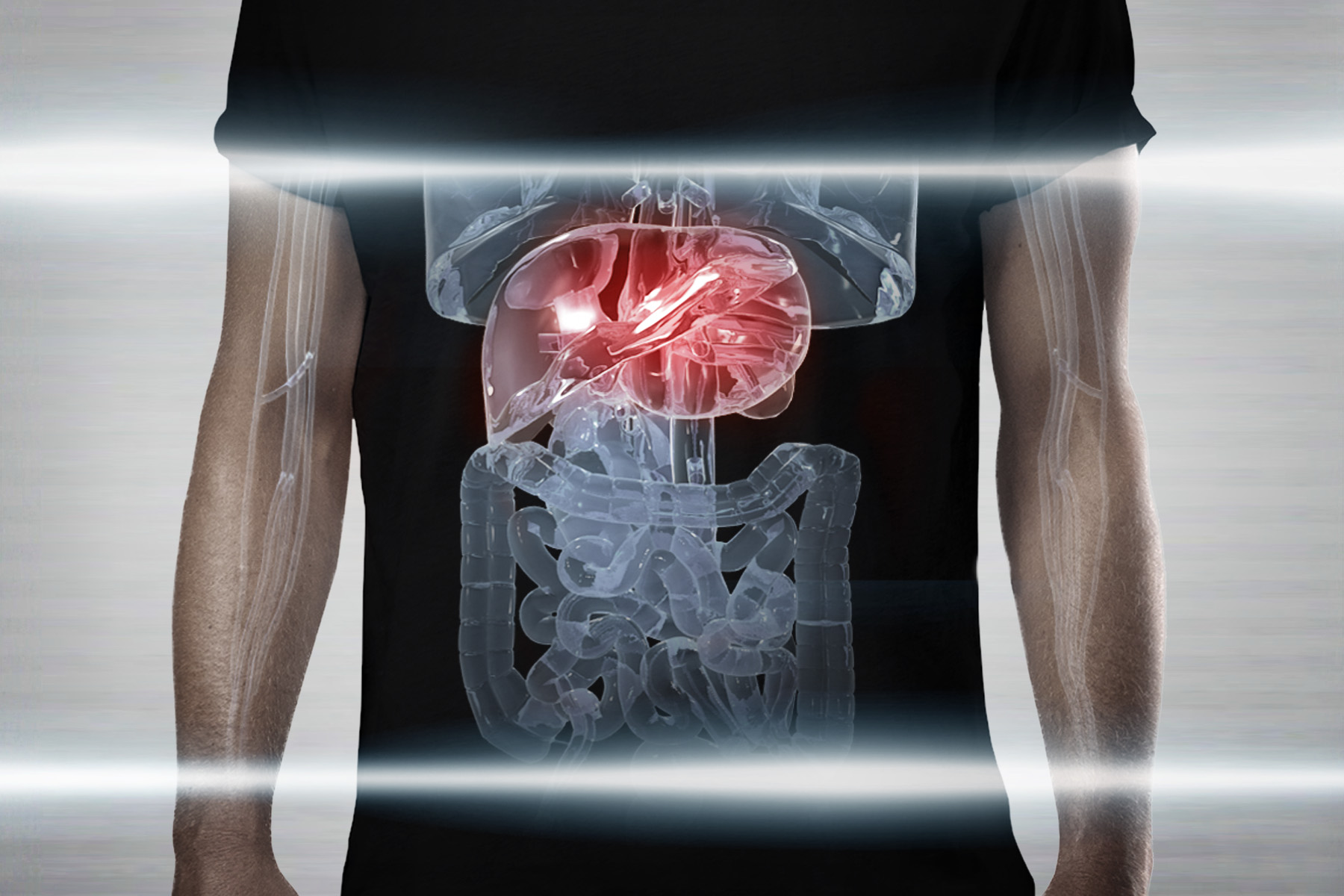Vicodin Information

Vicodin™ is one of the most widely abused prescription drugs in America. It’s an strong opiate painkiller and there are more than 130 million prescriptions distributed each year just in the US. Despite this number already being very high, it continues to increase. When this drug is abused, it provides a sought-after euphoric high that is said to be similar to that of heroin.
Whether is it used for pain relief or because of addiction, nearly all of the world’s hydrocodone is consumed in the US. Opiate painkillers are the primary prescription drug that is killing people due to overdose, and in seventeen states, more people are killed by these drugs than are killed by traffic accidents.
Generically, Vicodin is hydrocodone plus acetaminophen. Vicodin is highly addictive and the user not only craves the drug but also needs more of it to keep pains at bay. He or she may start out with a milder painkiller but then need to progress to stronger drugs at higher dosages. One woman described her progression through a series of drugs as she dealt with her pain from years of playing the violin. She started with Tylenol with codeine then to Vicodin, to Percocet and finally to OxyContin.
Vicodin Effects
As Vicodin is an opiate, it will have similar side effects to other opiates. These include low blood pressure, drowsiness, dizziness, nausea, weakness, faintness and a mellow, relaxed state.
But there can also be more serious effects of taking this drug. Like slowed or, paradoxically, speeded heartbeat. Because the opiate in Vicodin suppresses breathing, the drug can also cause other problems in the same part of the body. For example, a significant decrease in lung function can result, along with collapse of part of the lung. A person may also suffer swelling of the vocal cords or larynx.
A person may also become confused, have blurred or double vision. Opiate users frequently experience constipation and may retain urine. There may be headaches, loss of appetite, vomiting, mood changes and anxiety. If enough of the drug is taken, a false sense of euphoria will result, along with the possibility of addiction.
The Acetaminophen Problem
A person who abuses Vicodin is, of course, at risk of an opiate overdose. Opiates slow breathing to the point of suffocation. This is how overdose deaths most commonly occur. But besides this, there is another problem with abusing Vicodin and that is the presence of acetaminophen. This is the mild painkiller that is sold as Tylenol™.

Too much acetaminophen too quickly can result in liver damage. Over the eight-year period between 1990 and 1998, there were 56,000 emergency room visits associated with liver damage from acetaminophen use. More than 450 of these people died.
A person who becomes addicted to Vicodin puts his health and life at risk both due to opiate addiction and the possibility of overdose and the constant oversupply of acetaminophen that he (or she) is ingesting.
Abuse and Addiction are Common and Dangerous Effects
The opiates in Vicodin can very quickly addict a person who has any susceptibility. A course of just two or three weeks can build up a tolerance to the drug, which would then require greater dosages of the drug to be given to give the same pain relief. A person may also go through withdrawal symptoms after just a few weeks on this drug. If Vicodin also seems to provide relief from problems or anxieties, then this person may fall prey to long-term addiction and all the other problems that this brings.
Many people who become addicted to Vicodin may progress to such high dosages that they need multiple prescriptions from multiple doctors, or they may start abusing stronger drugs like oxycodone or even heroin. Seeing the end of this problem means that an effective drug rehab program is needed.
Narconon is the Choice for Thousands
Across the US, where most of the world’s Vicodin is consumed, and around the world, many thousands of people have chosen the Narconon program to help them recover from their addictions. It’s an eight to ten week program, on average, with a unique detoxification phase that helps people recover from the intense opiate cravings that keep them locked in addiction.
The program specifically addresses the problems and weaknesses that got the addiction started, and builds new life skills to replace the ones that were destroyed by addiction.
When you care for someone who can’t get away from their Vicodin addiction, now you have a solution. Contact Narconon today to learn more about this drugless program that can mean the end of addiction.
Resources:
- http://www.fda.gov/downloads/AdvisoryCommittees/CommitteesMeetingMaterials/Drugs/DrugSafetyandRiskManagementAdvisoryCommittee/UCM164897.pdf
- http://abcnews.go.com/US/prescription-painkillers-record-number-americans-pain-medication/story?id=13421828
- http://www.webmd.com/drugs/drug-3459-Vicodin+Oral.aspx?drugid=3459&drugname=Vicodin+Oral&pagenumber=6
